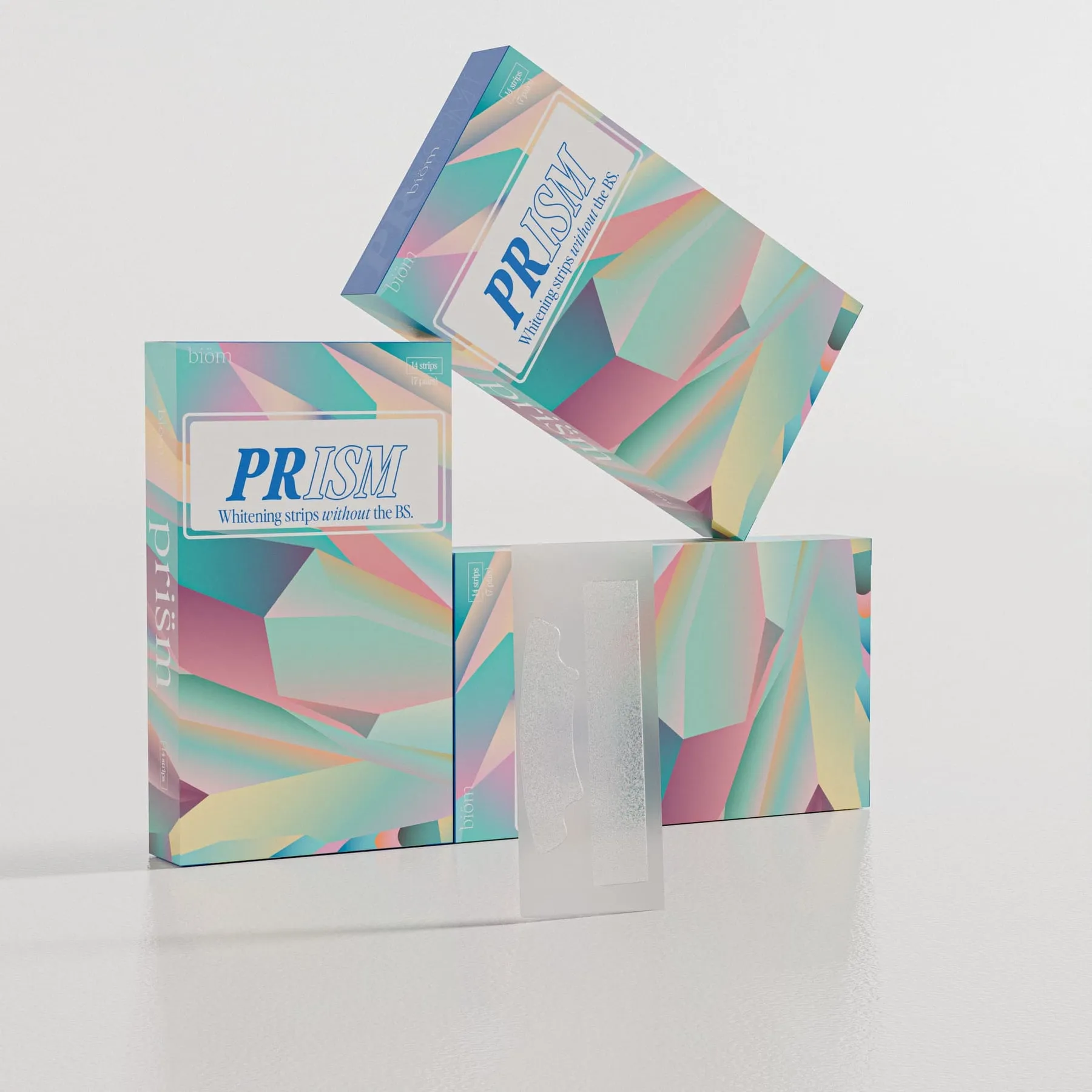What Are Whitening Strips and How Do They Work
Whitening strips have become a popular over-the-counter solution for achieving a brighter smile. These thin, flexible strips are coated with a whitening agent and are designed to be applied directly to the teeth. The active ingredients in these strips work to break down stains and discoloration on the enamel surface, resulting in a visibly whiter appearance. The convenience and relatively low cost of whitening strips have made them a go-to choice for many individuals looking to enhance their smile. However, it’s essential to understand how they function and their limitations, especially when considering their use with dental crowns.
The Active Ingredients in Whitening Strips
The efficacy of whitening strips hinges on the active ingredients present in their formulation. These substances are responsible for the chemical reactions that lift stains and brighten the teeth. Understanding these ingredients is crucial for anyone considering whitening their teeth, especially those with dental work such as crowns. The two most common active ingredients found in whitening strips are hydrogen peroxide and carbamide peroxide. These ingredients are the key to the whitening process, and their concentration can vary between different products, affecting the overall effectiveness and potential side effects.
Hydrogen Peroxide
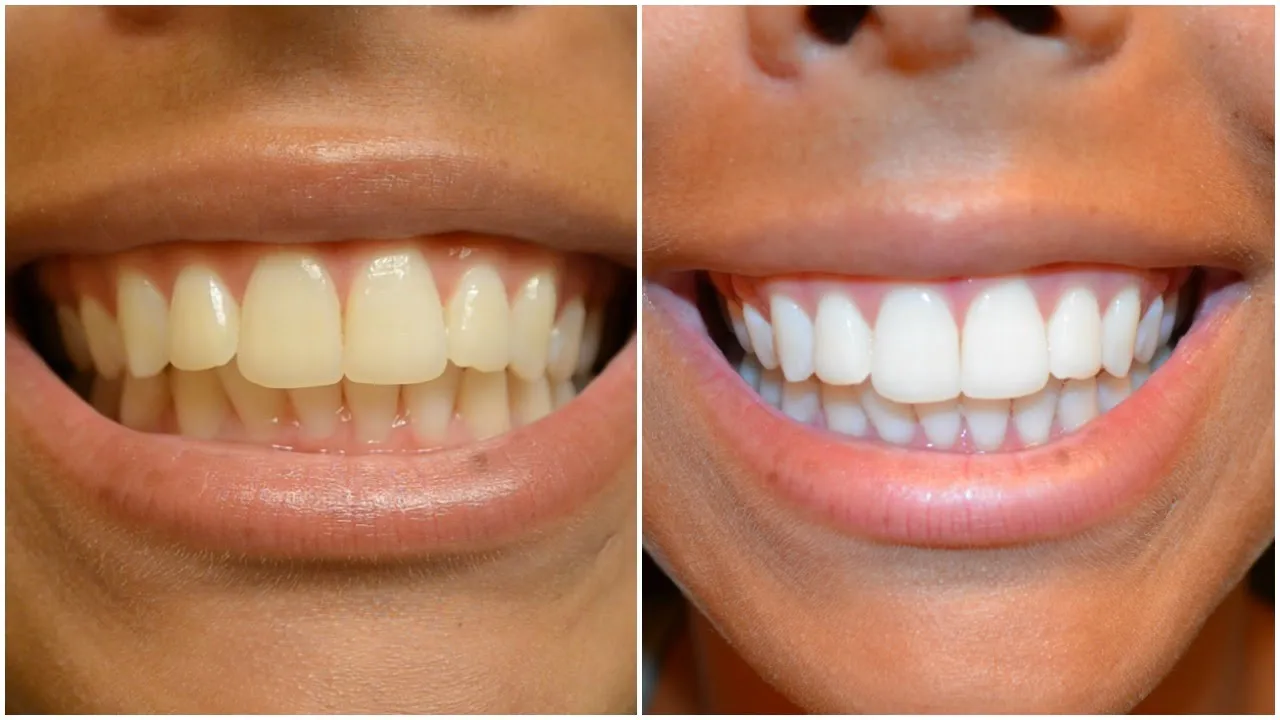
Hydrogen peroxide is a strong oxidizing agent and is a frequently used ingredient in many teeth-whitening products, including whitening strips. When hydrogen peroxide comes into contact with the teeth, it breaks down into water and oxygen. The oxygen molecules then penetrate the enamel and dentin, breaking down the stain molecules that cause discoloration. The concentration of hydrogen peroxide in whitening strips can vary, and higher concentrations often lead to quicker results. However, higher concentrations also increase the risk of sensitivity and irritation to the gums and teeth.
Carbamide Peroxide
Carbamide peroxide is another common active ingredient used in teeth-whitening products. It is a derivative of hydrogen peroxide, meaning that it breaks down into hydrogen peroxide and urea when it comes into contact with water. Whitening strips may contain carbamide peroxide, which gradually releases hydrogen peroxide, providing a slower and potentially gentler whitening effect compared to products with high concentrations of hydrogen peroxide directly. The urea released can also help to moisturize the teeth, which can reduce the risk of sensitivity during the whitening process.
Do Whitening Strips Work on Crowns?
The effectiveness of whitening strips on dental crowns is a critical consideration for anyone with these restorations. While whitening strips can effectively lighten the shade of natural teeth, their impact on crowns is significantly different. Dental crowns are designed to be stain-resistant, but they do not respond to the same whitening treatments that affect natural teeth. This difference in response is crucial to understand to avoid disappointment and manage expectations when considering teeth whitening with existing dental work. Understanding how crowns are made and how they interact with whitening agents is essential for making informed decisions about cosmetic dental procedures.
Why Crowns Don’t Whiten
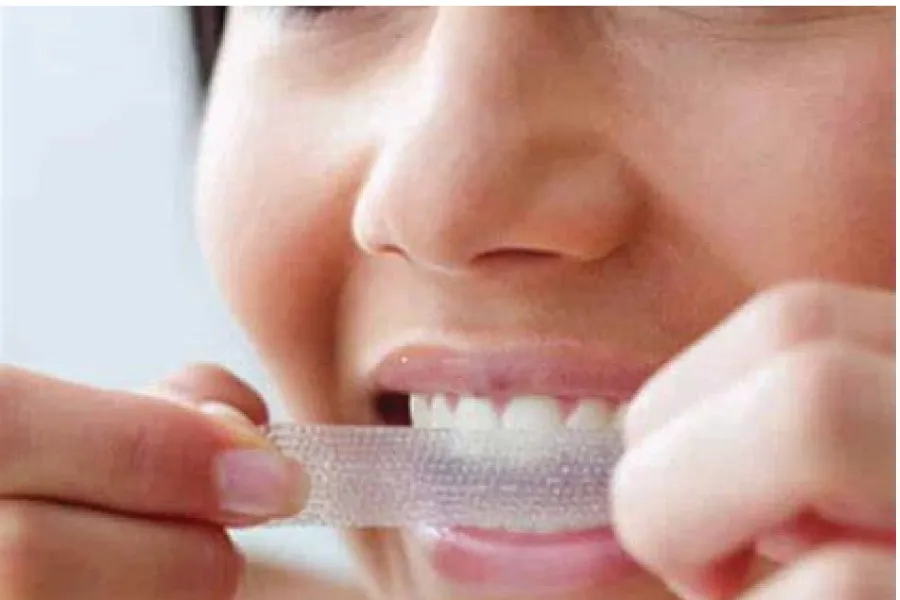
Crowns are made from materials that are not porous like natural tooth enamel. The active ingredients in whitening strips, such as hydrogen peroxide, work by penetrating the pores of the enamel and breaking down stain molecules. Since crowns, especially those made from porcelain or ceramic, are dense and non-porous, the whitening agents cannot penetrate and alter the color of the crown. This means that the shade of the crown will remain unchanged, regardless of how long or how frequently whitening strips are used. This is why it’s important to consider the contrast between whitened natural teeth and the existing crown, which could make the crown appear more noticeable and potentially less aesthetically pleasing.
Materials Crowns Are Made From
The material a crown is made from is the primary factor determining whether it can be whitened. Porcelain and ceramic crowns are the most common types. These materials are chosen for their durability, aesthetics, and ability to mimic the appearance of natural teeth. However, because of their composition, they do not contain the same properties as natural tooth enamel. Some older crowns may be made from materials like metal alloys, which will not whiten, but these are less common nowadays. It’s essential to know the material of your crowns, as this will dictate the options available for improving their appearance and blending them with your natural teeth after whitening.
Potential Risks of Using Whitening Strips on Crowns
While whitening strips may not directly affect the color of crowns, their use can still present potential risks, particularly concerning the surrounding natural teeth and the overall aesthetics of your smile. It’s essential to be aware of these risks to make informed decisions about teeth whitening treatments. Using whitening strips in the presence of crowns can lead to several outcomes, including increased sensitivity, uneven whitening, and the potential for the crowns to appear more discolored compared to the newly whitened natural teeth. Understanding these potential complications is crucial before proceeding with whitening treatments if you have crowns.
Sensitivity and Irritation
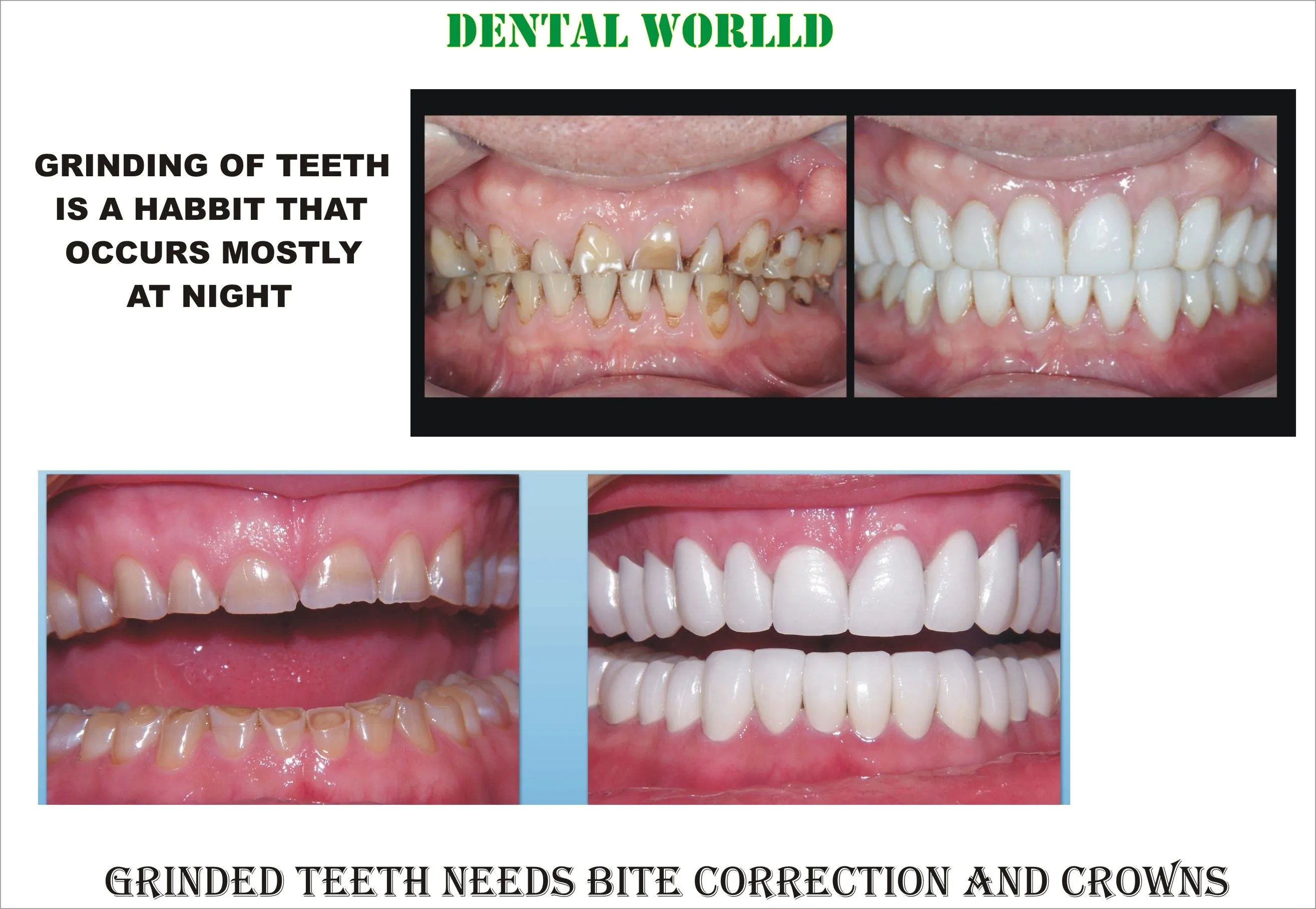
One of the most common side effects of using whitening strips is increased tooth sensitivity. This is particularly true for individuals with pre-existing sensitivity or thin enamel. The whitening agents can irritate the nerve endings within the teeth, leading to temporary discomfort. Furthermore, the gums can become irritated and inflamed from contact with the whitening agent. If the whitening strips are not applied correctly or if the concentration of the active ingredient is too high, this irritation can be exacerbated. It’s important to carefully follow the manufacturer’s instructions and consider using a toothpaste designed for sensitive teeth during the whitening process.
Uneven Whitening
A significant risk of using whitening strips with crowns is uneven whitening of the teeth. The natural teeth will whiten while the crowns remain the same color. This can create a noticeable color mismatch, making the crowns stand out more prominently and potentially detracting from the overall appearance of your smile. The contrast between the whitened natural teeth and the unyielding color of the crowns can lead to an undesirable aesthetic outcome. It’s important to discuss these potential outcomes with a dentist before undergoing any teeth whitening procedure if you have crowns.
Alternative Teeth Whitening Options for Crowns
If you have crowns and desire a brighter smile, there are alternative teeth whitening options that may be more suitable and effective. These methods are designed to address the limitations of whitening strips and provide a more uniform and aesthetically pleasing result. Consulting with a dentist is the best way to explore these options, as they can assess your specific needs and recommend the most appropriate treatment plan. The dentist can evaluate the condition of your crowns and natural teeth, discuss your aesthetic goals, and recommend a whitening strategy that minimizes potential risks.
Professional Whitening
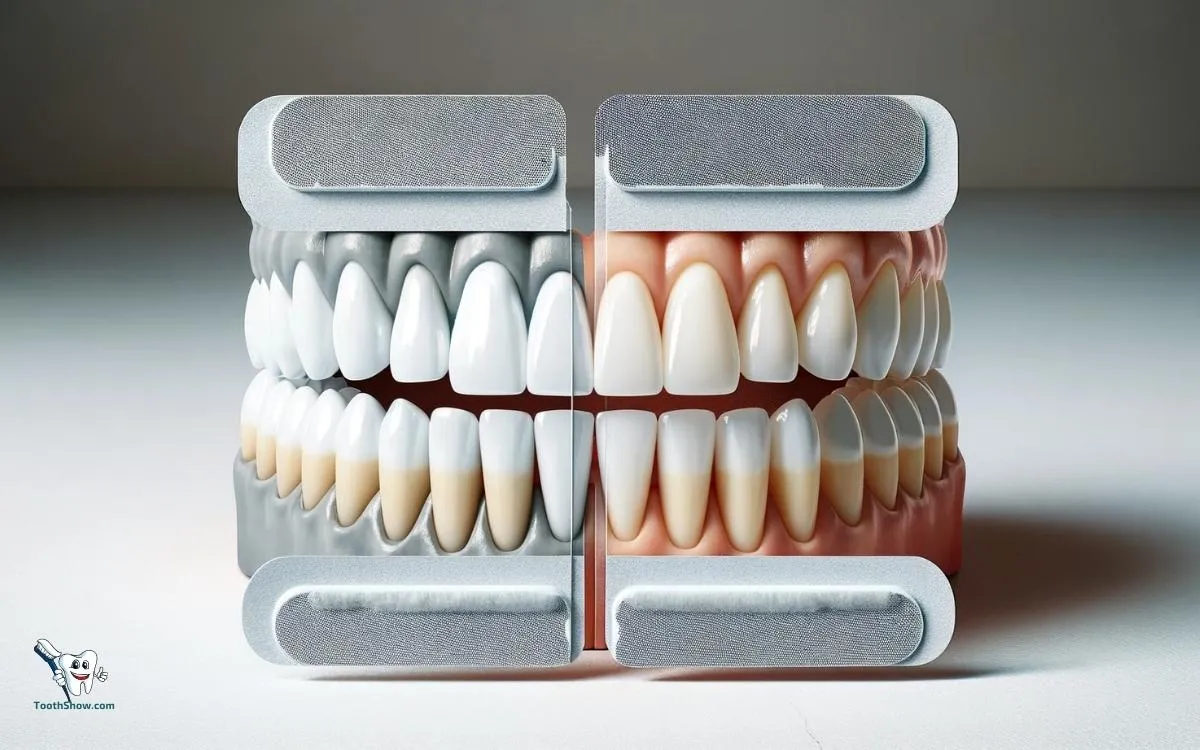
Professional teeth whitening performed by a dentist is an excellent option for those with crowns. Dentists can use stronger whitening agents than those available over the counter, and they can also control the application process to minimize the risk of sensitivity and uneven whitening. Before professional whitening, the dentist can evaluate the color of your crowns and natural teeth to discuss how to best achieve a more uniform result. They may recommend whitening your natural teeth before replacing the crowns to match the new, lighter shade. In some cases, they may suggest replacing the crowns to match the whitened teeth.
Teeth Whitening Toothpaste
Teeth whitening toothpaste can be a helpful adjunct to maintaining a brighter smile, but they have limitations. These toothpastes typically contain mild abrasive agents and chemical compounds to remove surface stains. Unlike whitening strips, they do not change the intrinsic color of teeth or crowns. They can help remove extrinsic stains, such as those caused by coffee, tea, or tobacco. For those with crowns, using a whitening toothpaste can help keep the surrounding natural teeth clean and bright, but it will not affect the shade of the crowns. Combining whitening toothpaste with other methods, such as professional cleaning, is often recommended for optimal results.
How to Maintain the Appearance of Your Crowns
Maintaining the appearance of your crowns is essential to ensuring your smile looks its best. Even though crowns themselves cannot be whitened, there are several strategies you can employ to keep them looking clean, bright, and in harmony with your natural teeth. Regular dental care and good oral hygiene practices are the cornerstones of maintaining the appearance and longevity of crowns. By adhering to these guidelines, you can prolong the aesthetic and functional benefits of your dental work. Additionally, it is important to schedule regular checkups and cleanings to monitor the condition of your crowns and identify any potential issues early on.
Regular Dental Checkups and Cleanings
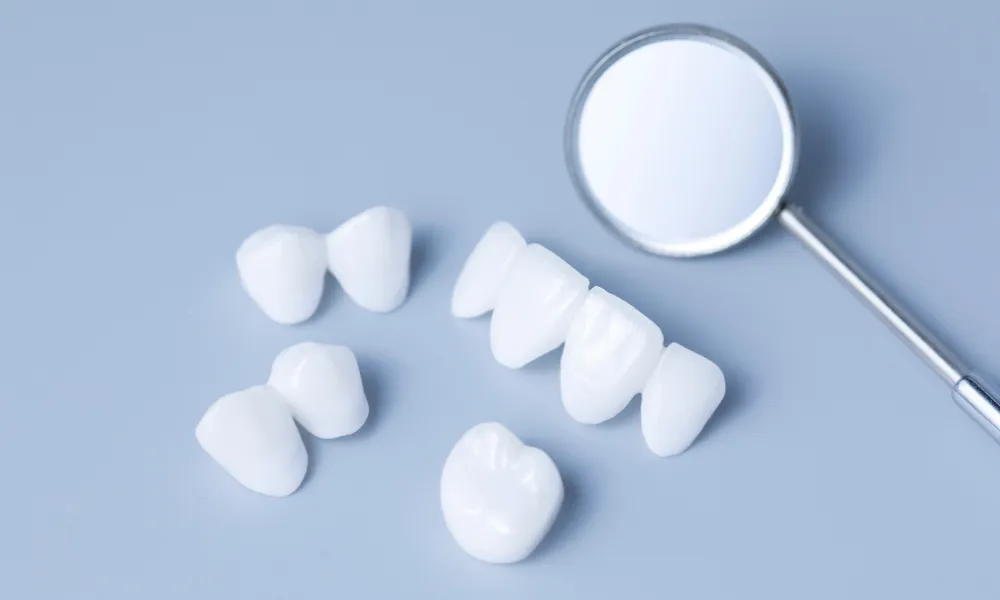
Regular dental checkups and professional cleanings are essential for maintaining the appearance and health of your crowns and surrounding teeth. During a dental checkup, your dentist will examine your crowns for any signs of wear, damage, or decay. They will also check the surrounding gums and teeth for any issues. Professional cleanings by a dental hygienist remove plaque and tartar buildup that can stain teeth and impact the appearance of your crowns. Regular cleanings can also help maintain the color of your natural teeth, ensuring they complement the color of your crowns. Professional cleaning helps to prevent cavities and gum disease, which can affect the overall aesthetics of your smile.
Proper Oral Hygiene
Practicing proper oral hygiene is paramount to keeping your crowns looking their best and preventing staining of your natural teeth. This includes brushing your teeth at least twice a day for two minutes each time with fluoride toothpaste, as well as flossing daily to remove plaque and food particles from between your teeth and around your crowns. Using a soft-bristled toothbrush can help prevent abrasion of the enamel and damage to the gums. Additionally, rinsing with an antimicrobial mouthwash can further reduce the risk of staining and maintain fresh breath. Avoiding habits such as smoking or excessive consumption of staining foods and beverages can also help keep your crowns looking brighter.
